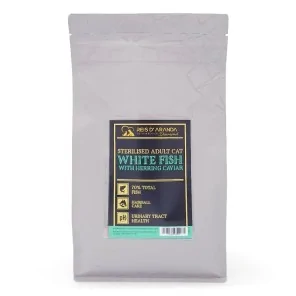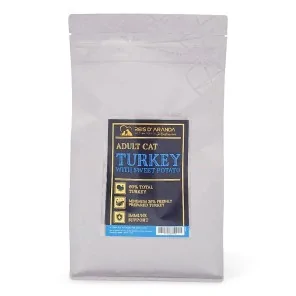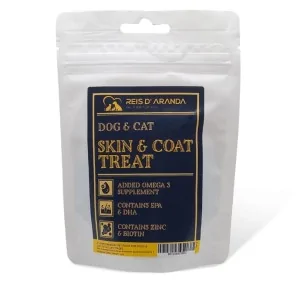The Tornjak originated from genetically homogeneous, almost extinct, indigenous shepherd dogs. These dogs have...
THE CORNISH REX CAT
INTRODUCTION
The Cornish Rex is an extraordinary looking breed with an interesting history. It is an independent breed, but also very social. A good companion for those looking for an active, intelligent and quick learning feline.
THE ORIGIN OF THE CORNISH REX CAT
In the 1950's, in Cornwall (South England), an extraordinary kitten was born of a short haired tortoiseshell. The kitten stood out from its siblings of the same litter because of its curly coat: the result of a natural mutation. The owner, Nina Ennismore, decided to cross him with the help of a geneticist. The crossbreeding was successful in some cases, and Nina bred several cats that resulted in the further development of the breed. It was also then that the name ‘cornish rex’ was established, which comes both from the rex rabbits with a coat similar to that of this cat, and from the birthplace of the kitten.
After several years of crossing the curly-haired kitten with the Siamese, British Shorthair and Burmese, it was discovered that the gene for this type of breed was recessive, which means that both parents must have it in order for their offspring to inherit it. After further crossbreeding with other breeds, the cornish rex gene increased and strengthened. During the sixties, when the devon rex emerged, the two breeds were interbred for a while, but in 1968 they were split into two separate breeds.
WHAT IS THE CORNISH REX LIKE?
The cornish rex is an elongated, slender-bodied cat of medium size, weighing 3 to 5 kg. The legs are long, the neck is elongated, the back is arched and the tail is thin and long. The head is triangular, elongated, with a fine jaw and broad forehead. The eyes are oval and bright, coloured to match the coat.
Undoubtedly the most outstanding characteristic of the Cornish Rex is the type of coat, which is dense, soft and wavy-curly, without undercoat and in all possible colours and patterns. The whiskers are also curly, the ears are long and pointed and the nose is straight.
HEALTH OF THE CORNISH REX
Generally, this is a healthy breed, but it can suffer from different types of diseases like other cats. One of these is hypotrichosis, which is hair loss. This can occur due to the cat's unusual coat, which may be predisposed to certain dermatological diseases. Other diseases to which this breed is prone are:
- HYPERTROPHIC MYOCARDIOPATHY (HCM): the most common type of heart disease in cats, causing enlargement of the walls of the heart (hypertrophy).
- POLYCYSTIC KIDNEY DISEASE (PKD): appears when the cat is between 7 and 10 years old, causes cystic degeneration of the kidneys and eventually dysfunction of one or both kidneys.
- PROGRESSIVE RETINAL ATROPHY (PRA): causes vision problems early in life, progresses rapidly and can cause blindness.
The cornish rex has a silky, curly, short coat with no harsh hairs. The hair on the back, chest and belly often forms small waves which are very characteristic of the breed. His coat does not require much care; in fact, the less care the better. Although with such a fine coat, these cats do not keep warmth well and prefer to be indoors.
The Cornish Rex loves warmth and prefers to be under cover. Because of its sensitive coat, care must be taken if it wants to be exposed to the sun. It also has strong social needs and requires companionship. Make sure you are able to meet its social needs, otherwise you may want to consider getting another cat from the same litter.
THE PERSONALITY OF THE CORNISH REX
The Cornish Rex is a lively, tenacious and intelligent cat. Don't expect a quiet, lazy cat that always does what you tell it to do. On the contrary, this breed knows what it wants and does not like to be forced into anything. You will notice that he expresses what he wants and is always on the move. But at the same time, he is an easy learner and will join in with almost anything you do. His great need for companionship often creates a very strong and personal relationship between cat and owner. And don't worry, as long as you let him unleash all his energy, you can snuggle with your kitty as much as you like.
CONCLUSION
This cat breed is very energetic and affectionate. It establishes strong emotional relationships within the family and needs to be accompanied as much as possible. In this case, it breaks with the stereotype of the independent cat that enjoys being on its own. But don't worry, he is a cat that easily adapts to changes in his environment, as long as he is given the attention he needs.
Leave a comment
Log in to post comments
















